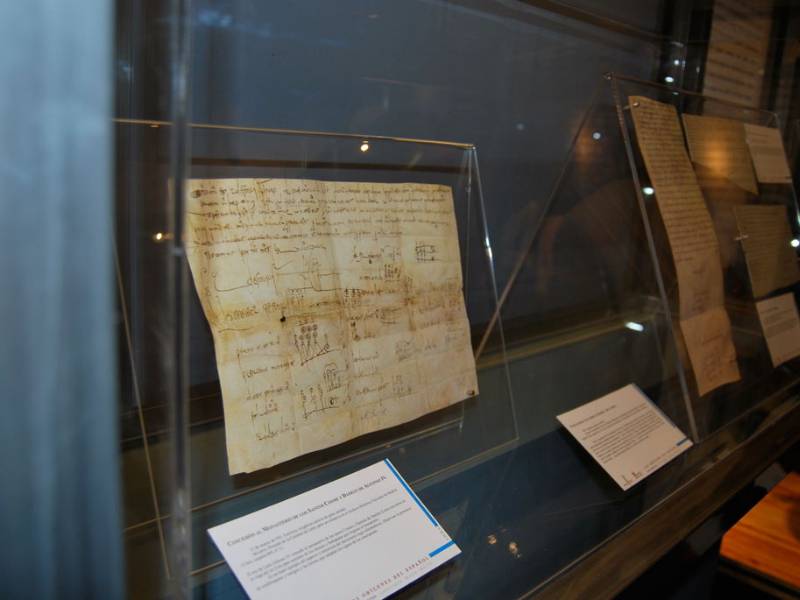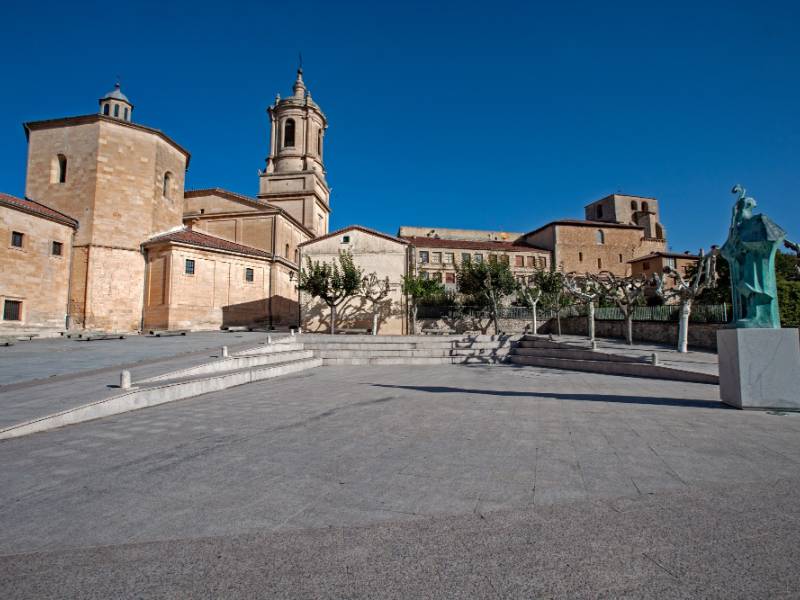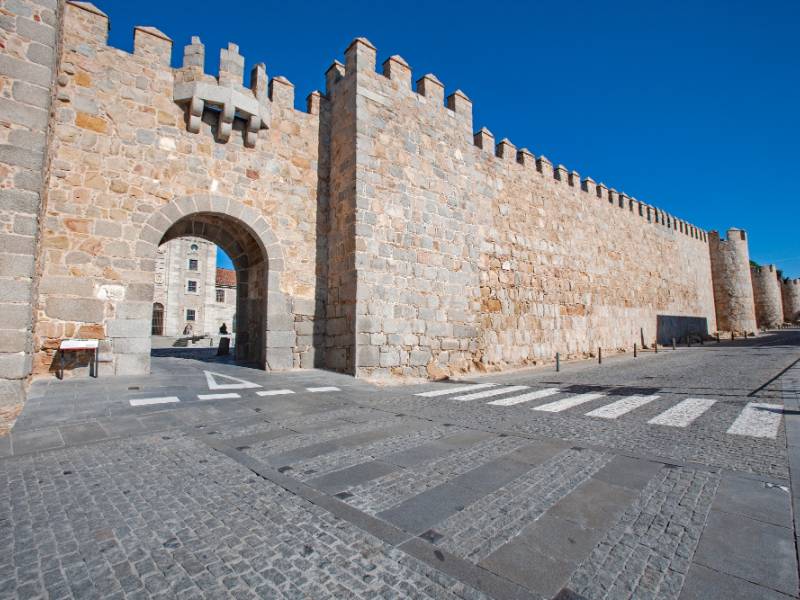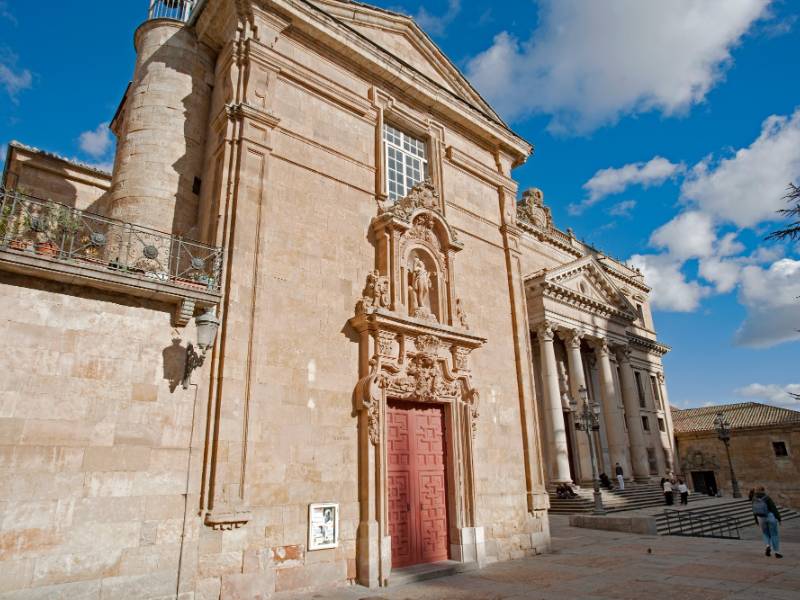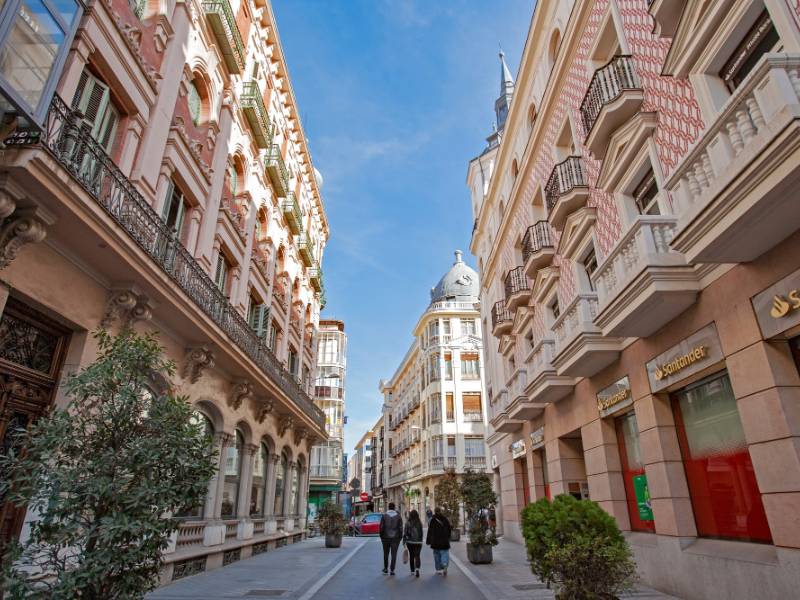Way of the Language - Avila
- Route Data
- Ascent slope
- 1131 m.
- Previous
- Following
The Camino de la Lengua route through Ávila evolves around 2 figures in particular, Santa Teresa de Jesús and Fray Luis de León, who created one of the most important styles of literature from the religious genre in the 16th century, known as La Mística or the Mystic writings. Unable to transmit their union with God, other than by means of the spoken language, for the first time they were both able to put into writing this union, using words to transmit spiritual feelings and emotions in a realist way.
Nowadays the memory of Santa Teresa and San Juan de la Cruz is kept alive in the streets of Ávila. Following the literary footsteps of Santa Teresa and San Juan de la Cruz, were some of the writers of the Generación del 98 (a generation of Spanish writers from 1898). Miguel de Unamuno, Pio baroja and Azorín describe Ávila from a different perspective, bringing increased universal renown to the city.
Reference to content
What to see?
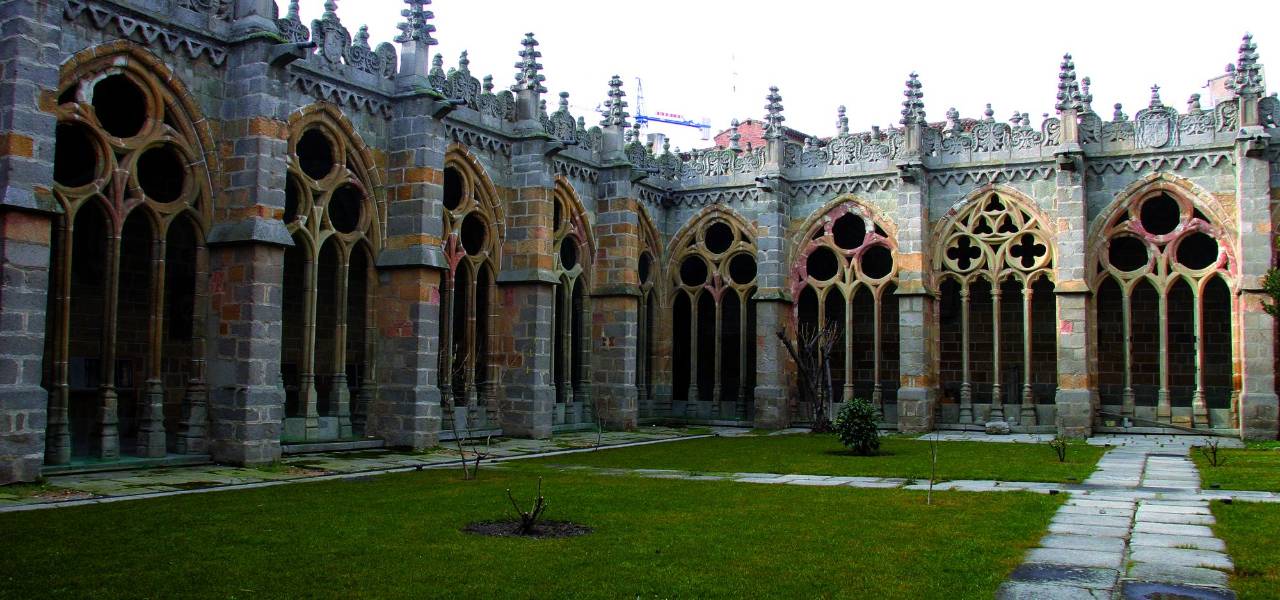 Cathedral of AvilaMore information
Cathedral of AvilaMore informationIt is a cathedral-castle, with fully integrated battlements, crenellations and lookout walkways.Its history in inextricably linked to the history of the town. Its apse, for example, the so-called Cimorro,...
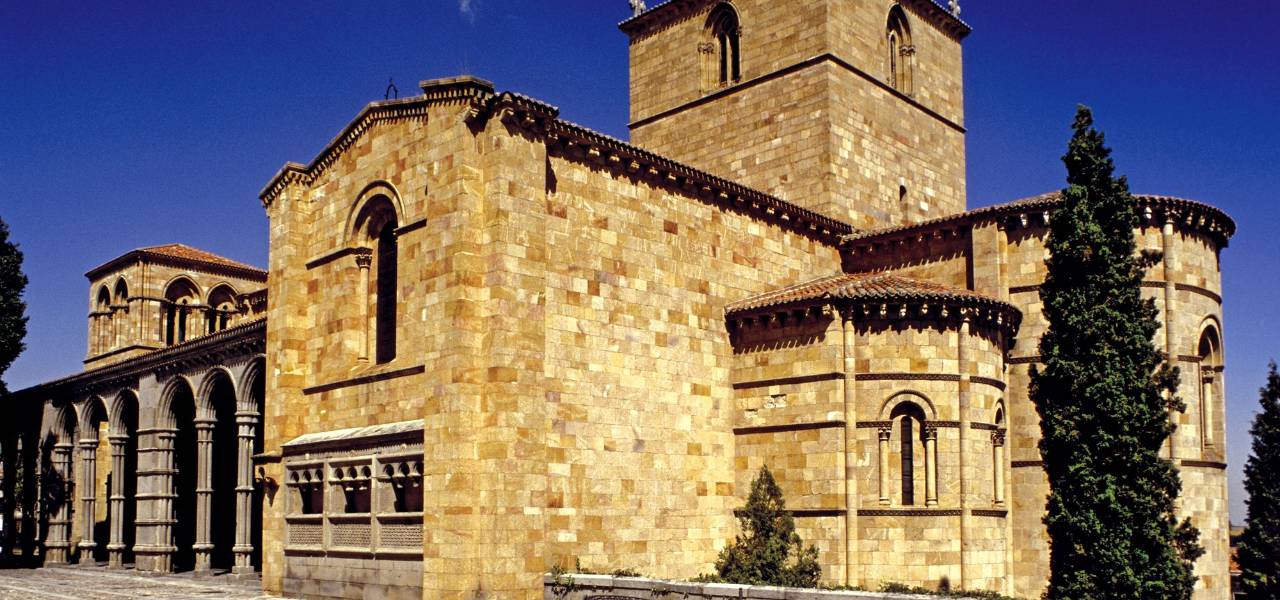 Basilica of San VicenteMore information
Basilica of San VicenteMore informationThe Basilica of San Vicente or Basilica of Los Santos Mártires Vicente, Sabina y Cristeta, was built in honour of these brothers, martyred in the 4th century during the persecution of the Christians ordered...
 Chapel of Nuestra Señora de las NievesMore information
Chapel of Nuestra Señora de las NievesMore informationLocated in the same place where long ago stood the synagogue of Belforad. This chapel has in its interior a magnificent alabaster relief by Juan Rodriguez and Lucas Giraldo (XVI century).
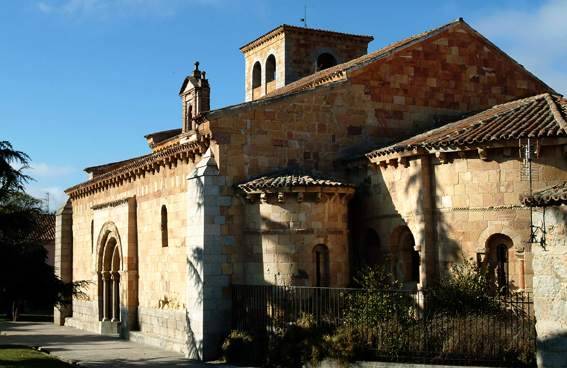 Church of San AndresMore information
Church of San AndresMore informationSmall romanesque church of the 12th century located in the stonemasons' quarter. It has interesting capitals and original apses.The Mozarabic character of the motifs decorating the ledges may explain the...
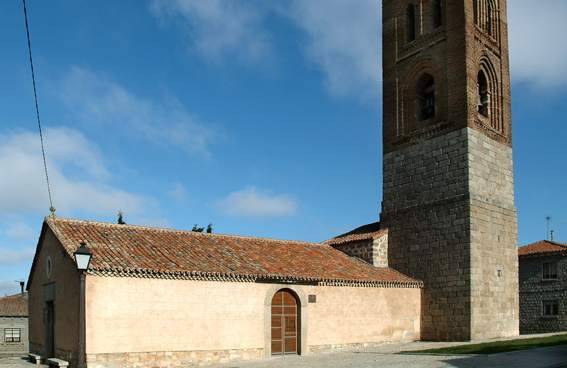 Church of San MartinMore information
Church of San MartinMore informationRomanesque shrine rebuilt and trasnformed in the 16th and 17th centuries.An important sight is the tower on an ashlar plinth. Its upper section is brick and has pointed horseshoe-arch windows, surrounds...
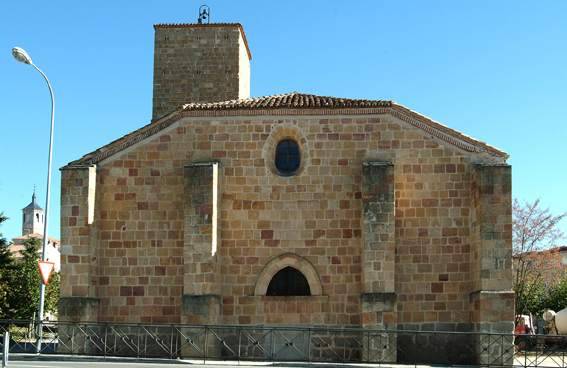 Church of San NicolasMore information
Church of San NicolasMore informationIt was built in the XII century; simple, with three small naves that have three access doors, a semicircular apse accessible by a triumphal bell arch over columns with capitals ornamented with vegetal...
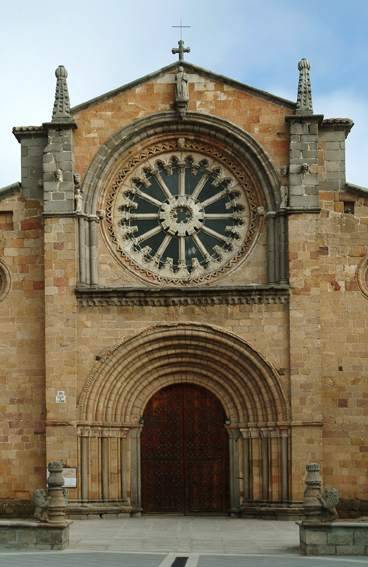 Church of San PedroMore information
Church of San PedroMore informationRobust building made of sandstone blocks, a perfect example of the Ávila Romanesque style. There is a magnificent Cistercian rose window in the main façade.The Catholic Monarchs and Carlos I pledged allegiance...
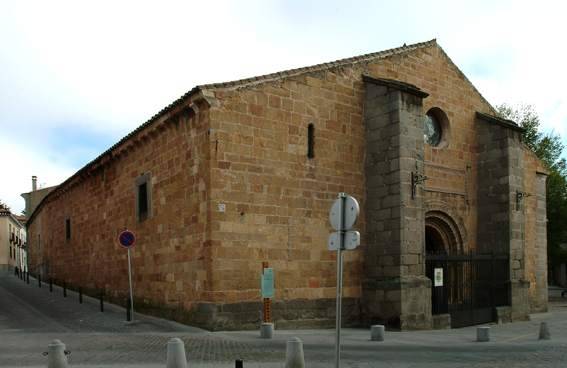 Church of Santo Tome el ViejoMore information
Church of Santo Tome el ViejoMore informationThis building stopped being a parish church in the 18th century, during the expulsion of the jesuits, when the parish was transferred to the Jesuit school located in the plaza teniente Arévalo. Existía...
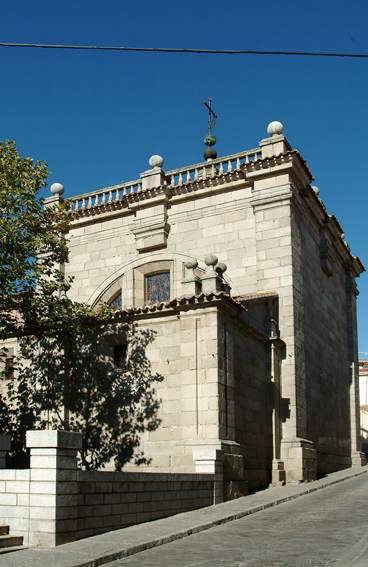 Hermitage of Nuestra Señora de las VacasMore information
Hermitage of Nuestra Señora de las VacasMore informationIt is a small temple, whose origin, according to tradition, is because a miracle happened when the owner of these lands went to the church and their cows ploughed the field alone. Apparently, it was built...

